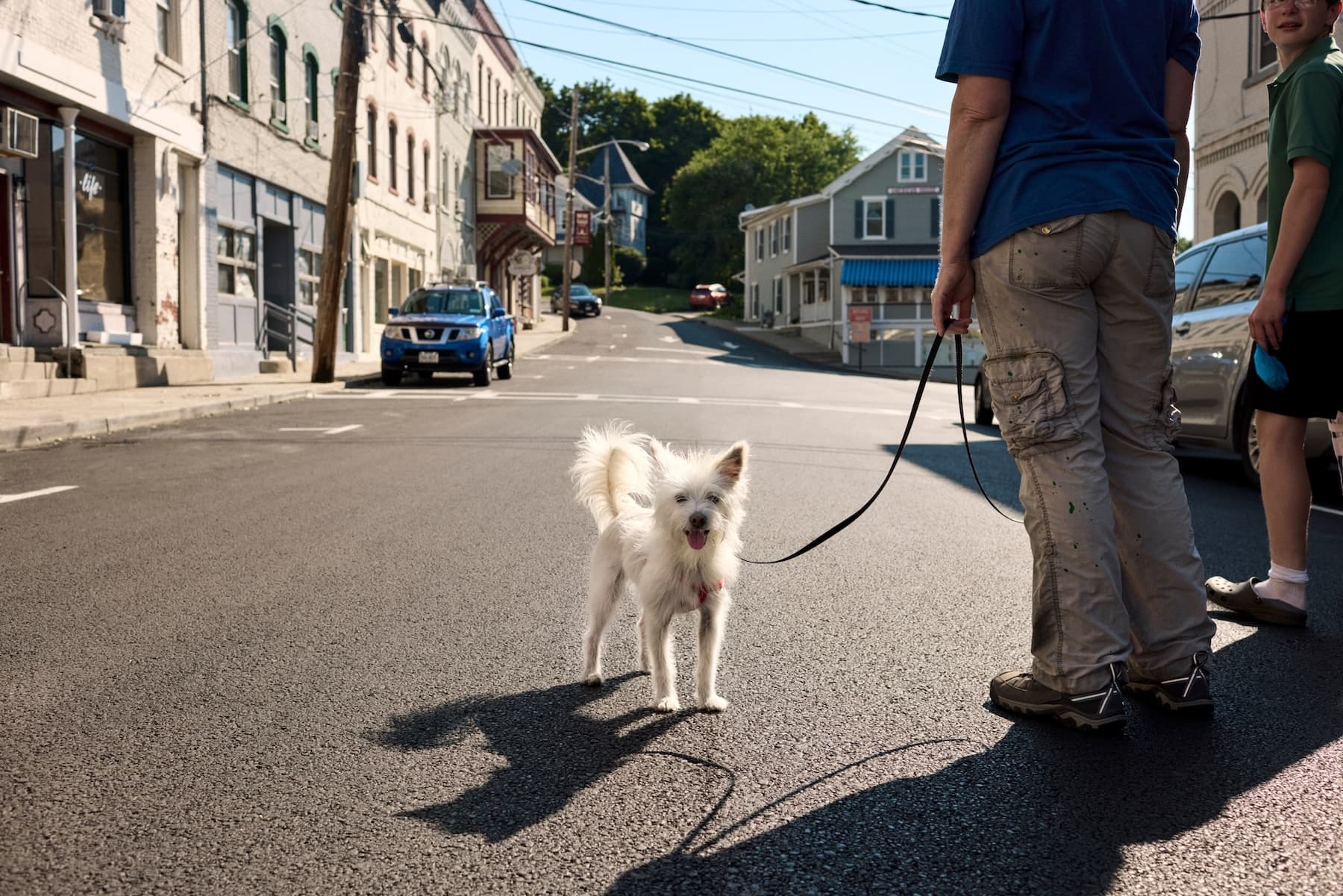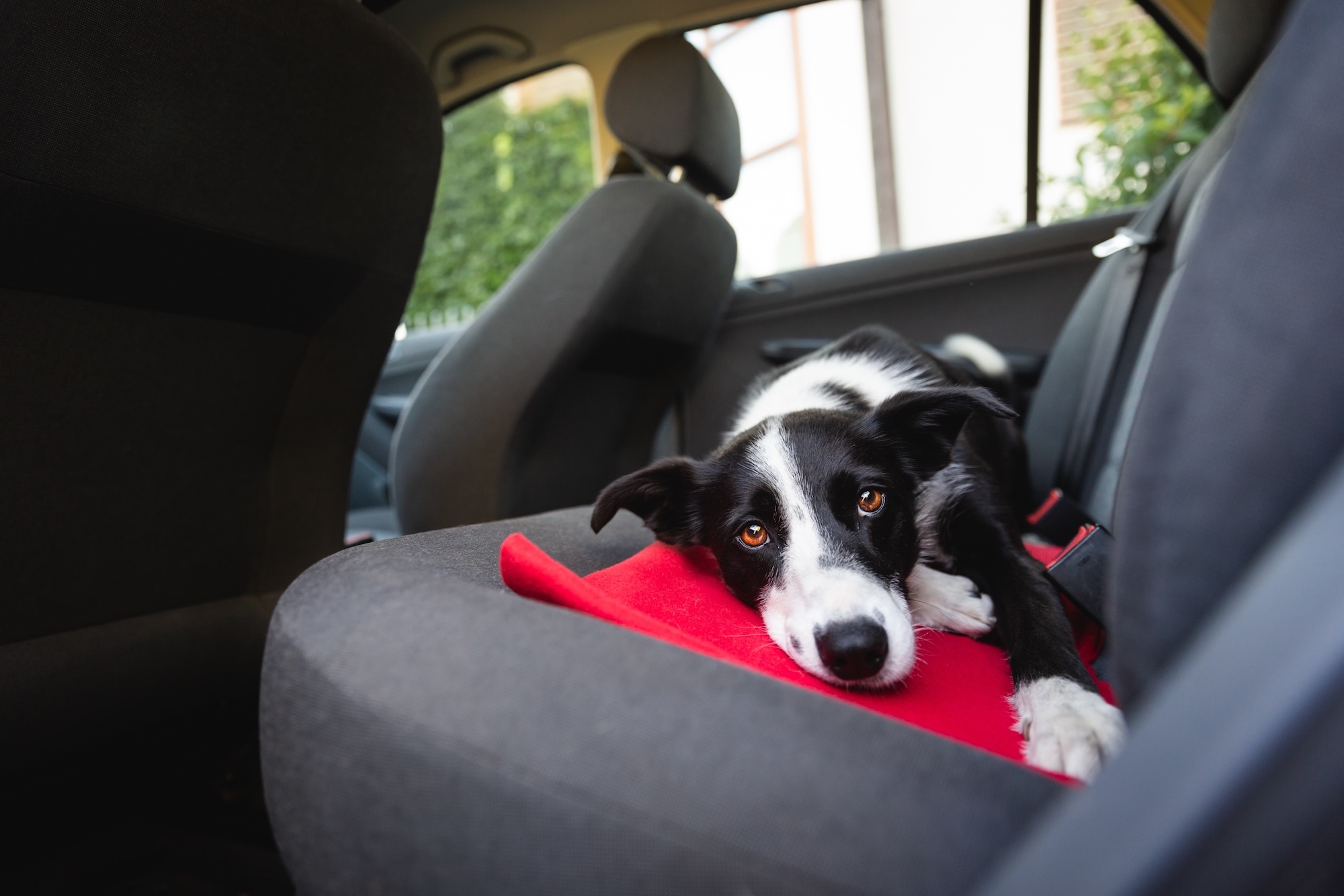The dog days of summer are the hottest, muggiest, and most uncomfortable for your pup. Most of us already know that a drooping tongue is a signal for water, but hydrating your dog is slightly more complicated than refilling his bowl when he starts to pant. Here’s what you need to know to keep your dog hydrated in the heat of the moment.
What does a dehydrated dog look like?
Serious signs of dehydration include sunken eyes, lethargy, loss of appetite, dry mouth and panting, and depression. Another way to tell if your dog is seriously dehydrated is by gently lifting the skin on his or her back. Assuming your dog is at a healthy weight and has had enough fluids, the skin should almost immediately fall back into its usual place. If your dog is dehydrated, the skin will not return to normal as quickly. Worried your dog is dehydrated? Call your vet, who may be able to administer IV fluid treatment if needed.
If your dog is sick with a kidney infection, heat stroke, or persistent diarrhea and/or vomiting, you can ask your vet to recommend a dog-friendly electrolyte solution. (We’re not talking about Gatorade.)
How can you prevent dehydration in your dog?
This might sound obvious, but the best way to prevent dehydration is to keep an eye on your dog’s water intake. Keep an extra water bowl by the back door and make sure your dog’s primary bowl is full throughout the day, too. If you bring your dog out on a jog (or have him tag along to bottomless brunch), bring a portable water bowl and a water bottle to refill it with. And consider the size of your dog’s bowl; if it’s too large, your pup may have trouble slurping the water down. Lastly, don’t forget to clean the bowl regularly — you wouldn’t want to drink from a dirty glass, and your dog won’t, either. Bacteria can also form around the sides of an unwashed bowl, making your dog sick.
How much water is too much water?
Your dog should drink an ounce of water per pound every day. In other words, if your pup weighs 25 lbs., he should be drinking at least 25 oz. of water per day. The key word here is at least — an ounce per pound is a great starting goal, but doesn’t incorporate shifting factors like outside temperature, exercise, or any dehydrating medications your pup might be on. Try keeping your dog’s bowl consistently filled with twice the amount of water he needs to be safe.
You are what you eat.
Many pet owners overlook how a dog’s diet can affect hydration levels. Water makes up about 10 percent of commercial dry foods, which is why you may notice your dog gulping down his water bowl after crunching on kibble. Freeze-dried options are transformed in a dehydration process, which can also lead to less water consumption via food than a dog’s body is expecting.
Feeding fresh food is the ideal here, as many fruits and vegetables have a water composition above 90 percent. About 20 percent of your dog’s water intake can come from proper diet, so try incorporating fresh snacks as often as possible, especially during hotter months. Some extra hydrating options include cucumber and watermelon.
Do you have any favorite hydration hacks? Share them in the comments below!
Image: @wanderousshepherds




